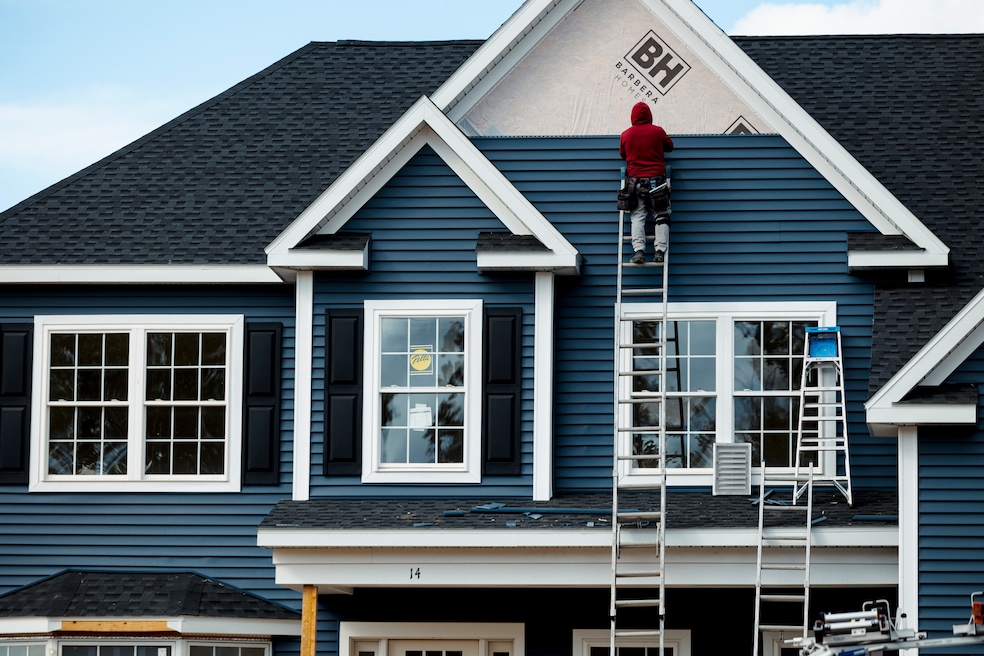For a long stretch of years, newly constructed homes held a decided price advantage for sellers over existing houses. Now the gap between the two housing types has closed, and older homes sometimes sell for more than new ones.
The chart above shows the trend with data compiled by the National Association of Home Builders from the U.S. Census Bureau, which follows the new-home market, and the National Association of Realtors that tracks existing-home sales. The median sales price for new construction began to pull away from the price of existing homes during the Great Recession that began around 2007. By 2018, the median price for new homes was about $340,000, while for existing homes it was closer to $250,000.
But the gap began to narrow in subsequent years, and during the pandemic, price increases for existing homes outpaced those of new houses. For two quarters in 2024, the median sales price for existing houses exceeded that of new construction. NAR chief economist Lawrence Yun called this trend “very unusual” in a report on March’s existing-home sales.
The median for new single-family homes in the first three months of 2025 was $416,900, just $14,600 above the median price for existing houses, the NAHB said in a June 2 report.
A tight supply of homes for sale has kept existing home prices elevated, the NAHB said, as many homeowners who bought at low mortgage rates remain reluctant to sell and to buy a different house at a much higher rate. Meanwhile, homebuilders have brought down or at least moderated prices by shifting to smaller house sizes, building on smaller lots and offering rate buydowns to draw customers.


